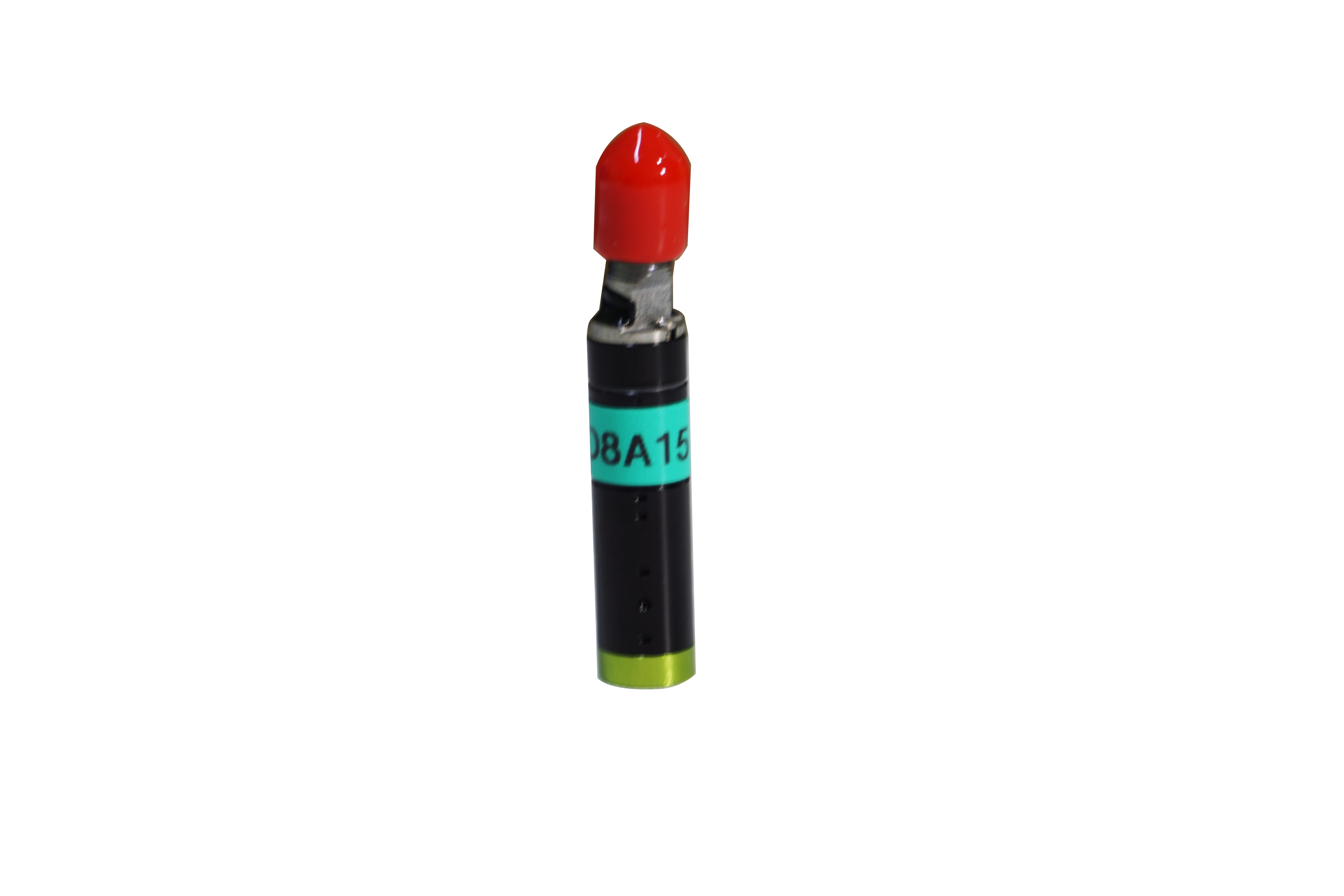2021-05-31
The measurement principle of spectral confocal sensor
The measurement principle and measurement method of spectral confocal sensor believe that many people do not know what is, today I will tell you some about the measurement principle of spectral confocal sensor, I hope to be useful to you.

Principle of spectral confocal measurement
As we all know, sunlight in nature is white light. White light is not pure light, but is made up of many monochromatic light. The wavelength of visible light from the human eye ranges from 400 nanometers (blue light) to 700 nanometers (red light). Light propagation in different media may have Angle deviation, but in actual white light irradiation, single-line light will be refracted several times in different media.
Optical materials (lenses) have different refractive indices or refractive index angles for different monochromatic light. The shorter the wavelength, the larger the refractive index, and the longer the wavelength, the smaller the refractive index (which is why different telescopes have what is called chromatic aberration). The same thin lens has different focal lengths for different monochromatic light, and each monochromatic light has a different focal length. Depending on the wavelength of the different colors of light, their imaging points are aligned on the optical axis from near the lens to away from the lens (different monochromatic light has different wavelengths), so the imaging produces what is called a color lens error. Errors in colored lenses result in color spots or apertures in the image. In photographic equipment, special treatment should be performed to minimize imaging problems caused by lens errors. Common elimination methods include double gluing system and double separation system.
However, spectral confocal measurement methods take advantage of the characteristics of this physical phenomenon. By using a special lens, the focusing halo range of different colors of light is expanded, resulting in a special amplification color difference, so that the precise wavelength of light is focused on the object under test according to the distance between the object and the lens. By measuring the wavelength of the reflected light, the exact distance between the object being measured and the lens can be obtained. This treatment is the opposite of the photographic equipment using various methods to reduce chromatic aberration.
In order to obtain the special color difference described above, several special lenses are used in the sensor probe to separate the light according to the desired range. A convex lens is then used to focus the light from the sensor probe on an axis, forming what is called the focusing axis. If a convex lens is not used, the light emitted by the sensor probe will scatter and cannot be measured.
White light passes through the surface of the half lens to reach the convex lens. This is where the special color difference described above occurs. Light is reflected from the object to be measured, passes through the convex lens and returns to the half lens in the sensor probe. The half-lens refracts reflected light into the perforated cover plate, and these holes allow only well-focused reflected light to pass through. The light through the porous cover is a fuzzy spectrum, that is, several different wavelengths of light can be irradiated to the CCD photosensitive matrix element through the hole.
However, only the reflected light focused on the object under test is strong enough to produce a noticeable peak on the CCD photosensitive matrix. At the back of the perforated mask, a splitter is needed to measure the color information of the reflected light. A splicer is similar to a special grating that increases or decreases the refractive index depending on the wavelength of the reflected light. Therefore, each position on the CCD matrix corresponds to the distance from the measured object to the probe.



